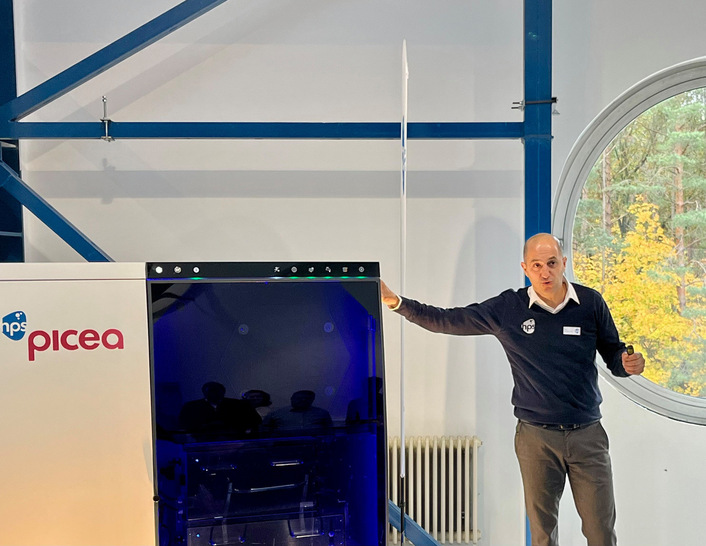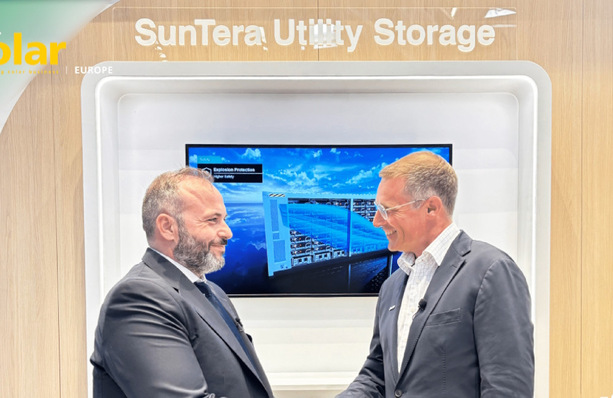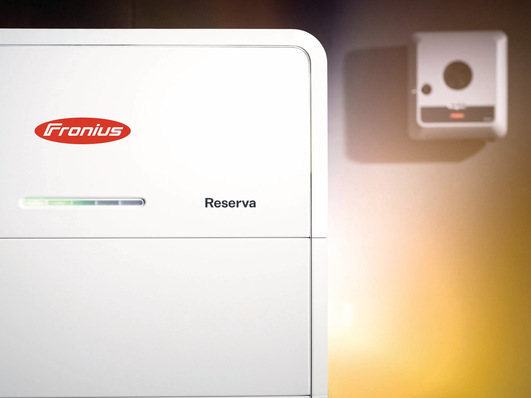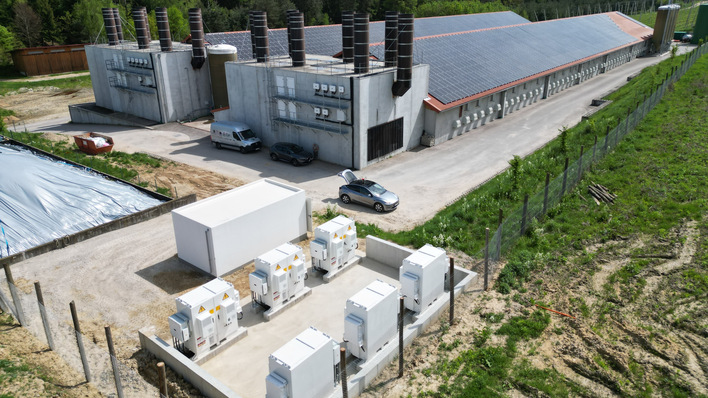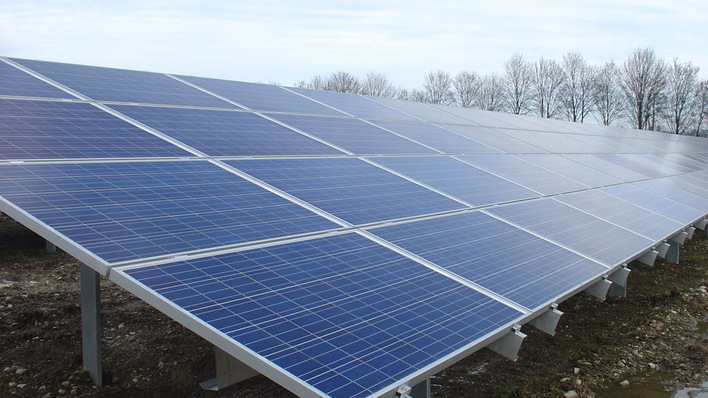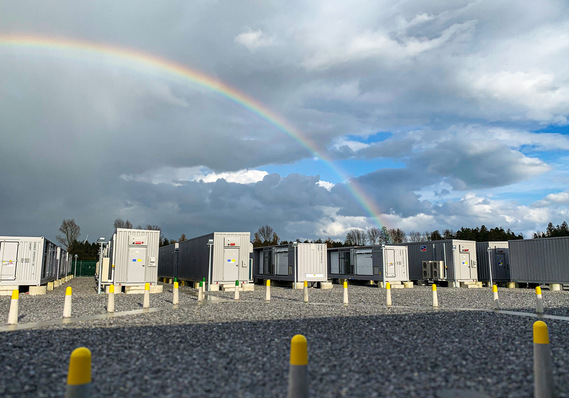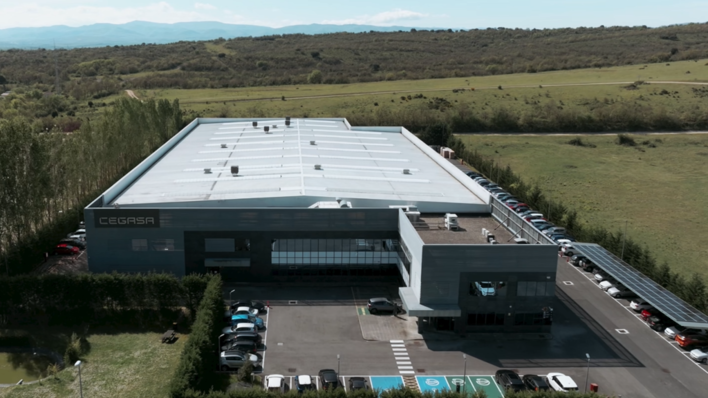At 15 kilowatts, Picea two has doubled its output power and is therefore able to cover a higher demand for an electric car or heat pump, for example. In the event of a power failure, the increased backup power supply ensures that important consumers in the household are supplied with a stable power supply. The device delivers five kilowatts of output per phase.
See also: 330-megawatt-hour storage project in the UK
The new generation of the storage unit also offers an increased connected load for photovoltaic systems - picking up on the trend in the market. According to HPS, new power electronics could increase efficiency and thus achieve higher levels of self-sufficiency. An external inverter from Sofar Solar is now used and the software for the storage unit has been adapted accordingly. The degree of utilisation including heat is 90 per cent. The efficiency is between 35 and 40 per cent.
From two.2 tonnes down to 700 kilograms
There are also new status displays that show important system and storage statuses at the touch of a button on the appliance or via the app. The system always consists of an energy centre and the hydrogen storage unit, which is installed outside the house on a concrete foundation. The energy centre unit has been slimmed down considerably and now weighs 70 per cent less. From 2.2 tonnes down to 700 kilograms. This is due to the switch from lead-acid batteries to lithium batteries from Pylontech. The overall height has also been reduced by 15 centimetres compared to its predecessor. This may not sound like much, but it can be a decisive factor when installing in the basement.
Hydrogen storage for up to 1,500 kilowatt hours of electricity
The Picea converts profit solar power into hydrogen in summer. This allows large amounts of energy to be stored efficiently and over long periods of time. In winter, the gas can be converted back into electricity and heat via a fuel cell. The long-term storage capacity is up to 1,500 kilowatt hours of electricity. The smallest version with 16 gas cylinders has a capacity of 300 kilowatt hours. More than 500 units of the first generation have already been sold and more than 100 installed. The new research and development site is located almost directly next to the Union Berlin youth centre in an industrial area in Berlin-Niederschöneweide. In future, installers and partners will also be trained here. (nhp/mfo)


